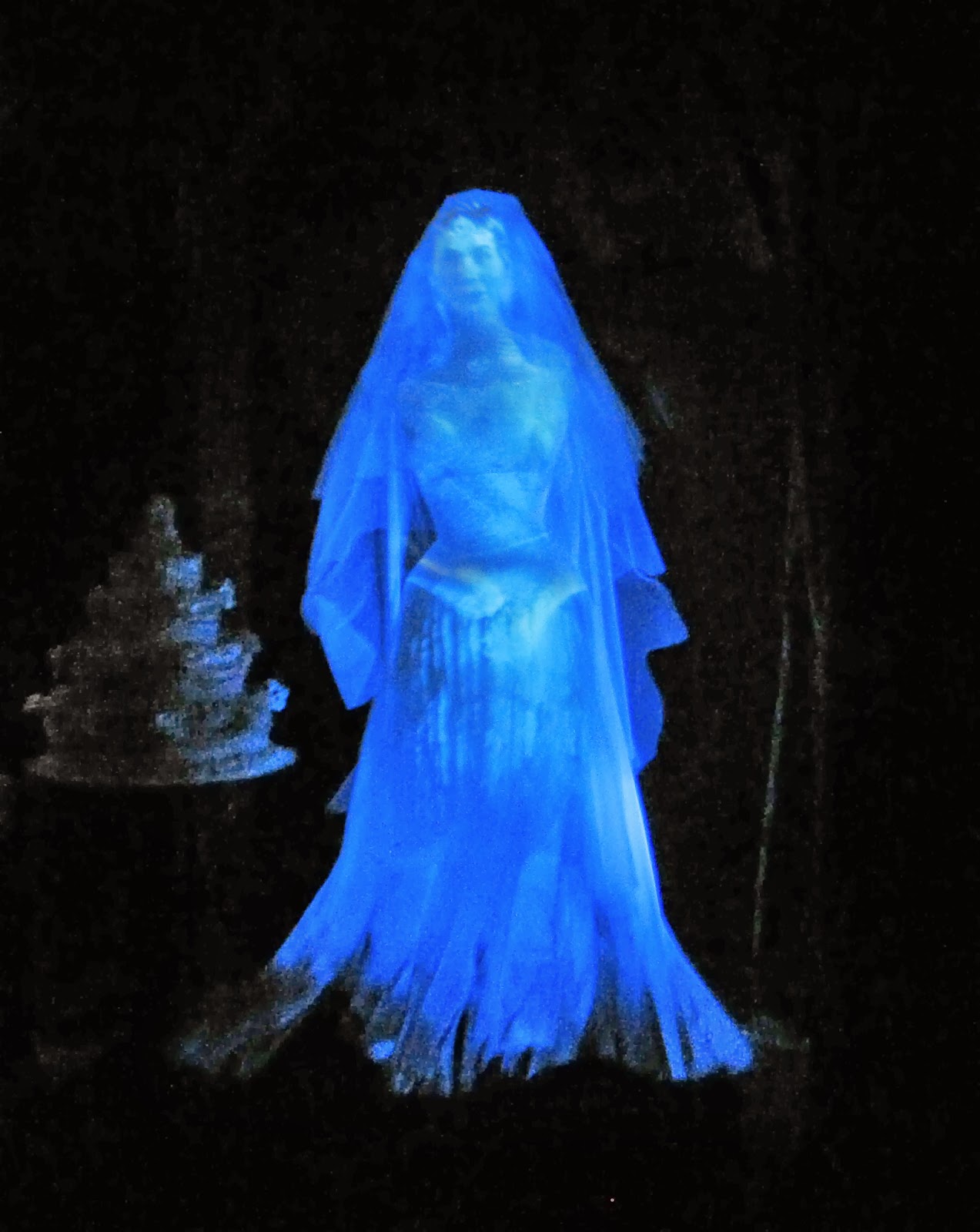A question was asked earlier this week about a company’s records that do not agree with previous listings. I think an important question to ask in these situations is whether either resource (the records or the listing) match what really exists. This brings up a few good business personal property topics to review. Do you believe in Ghosts? Don’t be scared.

Taxable property that actually exists in an assessor’s jurisdiction should be listed, regardless of records. Reconciling the difference in the event of an audit may result in an extra step for the taxpayer and auditor. That step might include a site visit (should usually be done anyway), or providing additional documentation, but that doesn’t change the legal requirement that property is required to be listed and the assessor has the duty to assess. This is the legal system in place when referencing our situs laws found in NCGS 105-304. Now situs can be a pain if the property frequently moves, as we see from Chris McLaughlin’s post here. But in general, if business personal property exists in your jurisdiction as of January 1, it must be listed and assessed in your jurisdiction. It doesn’t matter if the taxpayer’s property tax listing matches a listing report generated by the taxpayer, the financials of the taxpayer, or numbers from the taxpayer’s income tax return. What really matters is this – whether the property was reported, period.
If the taxable property is not listed at all (omitted) or if there is an understatement of value, quantity, or other measurement, the assessor is required by NCGS 105-312 to discover it, which will include penalties. There are no exceptions.
Question: If a taxpayer owns 10 taxable forklifts in the county on January 1, but only lists 6 forklifts because the taxpayer’s records had omitted 4 forklifts due to some reason (any reason at all), should the assessor do a discovery on the 4 omitted forklifts? YES! Here is an excellent post by Chris on calculating discovery bills, and a bonus link in there to a property tax bulletin.
Regarding that bulletin linked above, lets liken our current BPP issue to a real property example. A deed references metes and bounds indicating a tract with 10 acres more or less when the tract actually contains 11 acres, the owner should be assessed for 11 acres. See Deeded or Calculated. Now in that example, since the taxpayer did not fail to report the 11 acres, a discovery IS NOT warranted. A discovery is only proper when the taxpayer fails to report something that they were required to report. Because of our real property permanent listing system, taxpayers do not have to report or list land. However, if for example, a county assessor’s modern oblique imagery doesn’t show a 500 sq ft addition to a house, or if there is no building permit, but as of January 1 there exists a 500 sq ft addition, the owner should be assessed for the 500 sq ft addition. If that addition was not listed by the owner, a discovery and penalty is required because under NCGS 105-303, owners are required to list improvements to real property.
So what does all this have to do with ghosts? Well, the opposite of FAILING to report what really IS physically present on January 1 is a situation when assets ARE reported but they WERE NOT physically present on January 1. IAAO and other resources call these “ghost assets”. It is unclear from our laws what we should do when the our system works as it should, meaning a taxpayer voluntarily lists property, the county appraises it, that value becomes part of the levy, jurisdictions rely on that levy, but then months or years later the taxpayer claims, “woops, we didn’t mean to list that property that we sold 4 years ago.” Again, Chris McLaughlin does a great job in this post discussing whether a refund is appropriate in such a situation. I think this situation falls right in line if the taxpayer chooses to request a refund under NCGS 105-381, and we let the facts of the case determine the decision. That’s why our law allows a flexible system, because decisions sometimes turn on the facts. I think we could see a situation of abuse where a large taxpayer could list haphazardly in a small jurisdiction for 4 years and try to reconcile everything in the fifth year, asking for refunds under NCGS 105-381. This would undermine the intent of the listing, appraisal, and budgeting process. I believe the wording of the affirmation in NCGS 105-310 indicates owners of taxable BPP have a responsibility to list correctly each year.


April 27, 2018 at 2:27 pm
Kirk,
Great information!
I enjoyed reading your post. You make a balanced argument for and against refunds for ghost assets—letting the ultimate decision lie with the Politicians based upon cold hard facts but not allowing irresponsibility to be used as an excuse for a refund under 105-381.
I would add that during the audit process auditors need to be flexible and look at the facts too. Some assets reported in the fixed asset records are “ghost assets” and the auditor should ask appropriate questions to determine when the asset was disposed e.g. which asset replaced it, who did you sell it too, etc.
April 30, 2018 at 10:30 am
Hello,
How can I be added to your blog?
Sincerely,
Kendall R. Deckard
Personal Property Appraiser
Henderson County Assessor’s Office
May 1, 2018 at 11:20 am
Kendall, Thank you for noting that the subscribe feature had disappeared from the sidebar. It is added back to the right, for all of our Death and Taxes fans!
Thanks – Kirk